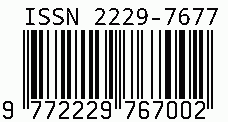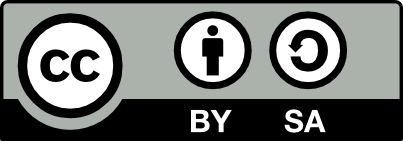
International Journal on Science and Technology
E-ISSN: 2229-7677
•
Impact Factor: 9.88
A Widely Indexed Open Access Peer Reviewed Multidisciplinary Bi-monthly Scholarly International Journal
Plagiarism is checked by the leading plagiarism checker
Call for Paper
Volume 16 Issue 4
October-December 2025
Indexing Partners



















Review of Anthraquinone Pigment Production from Soil Fungi and Their Potential Use in Ink and Dye Applications
| Author(s) | Anandhi S, Preethi S |
|---|---|
| Country | India |
| Abstract | Abstract This review provides an in-depth examination of anthraquinone pigment production from soil fungi and their potential applications in calligraphy ink and textile dye. We discuss various methods for isolating fungi from soil samples, extracting anthraquinone pigments, and characterizing their properties. The review highlights the advantages of using natural pigments, including sustainability and unique color profiles. We also explore the challenges and opportunities associated with scaling up production and integrating fungal-derived anthraquinones into industrial applications. Our analysis aims to contribute to the development of innovative, eco-friendly solutions for the ink and dye industries. |
| Keywords | Keywords Anthraquinone pigments, Soil fungi,Isolation, Extraction,Calligraphy ink,Textile dye,Natural pigments, Fungal pigments |
| Field | Biology |
| Published In | Volume 16, Issue 2, April-June 2025 |
| Published On | 2025-04-17 |
| DOI | https://doi.org/10.71097/IJSAT.v16.i2.3805 |
| Short DOI | https://doi.org/g9f2g2 |
Share this


CrossRef DOI is assigned to each research paper published in our journal.
IJSAT DOI prefix is
10.71097/IJSAT
Downloads
All research papers published on this website are licensed under Creative Commons Attribution-ShareAlike 4.0 International License, and all rights belong to their respective authors/researchers.

